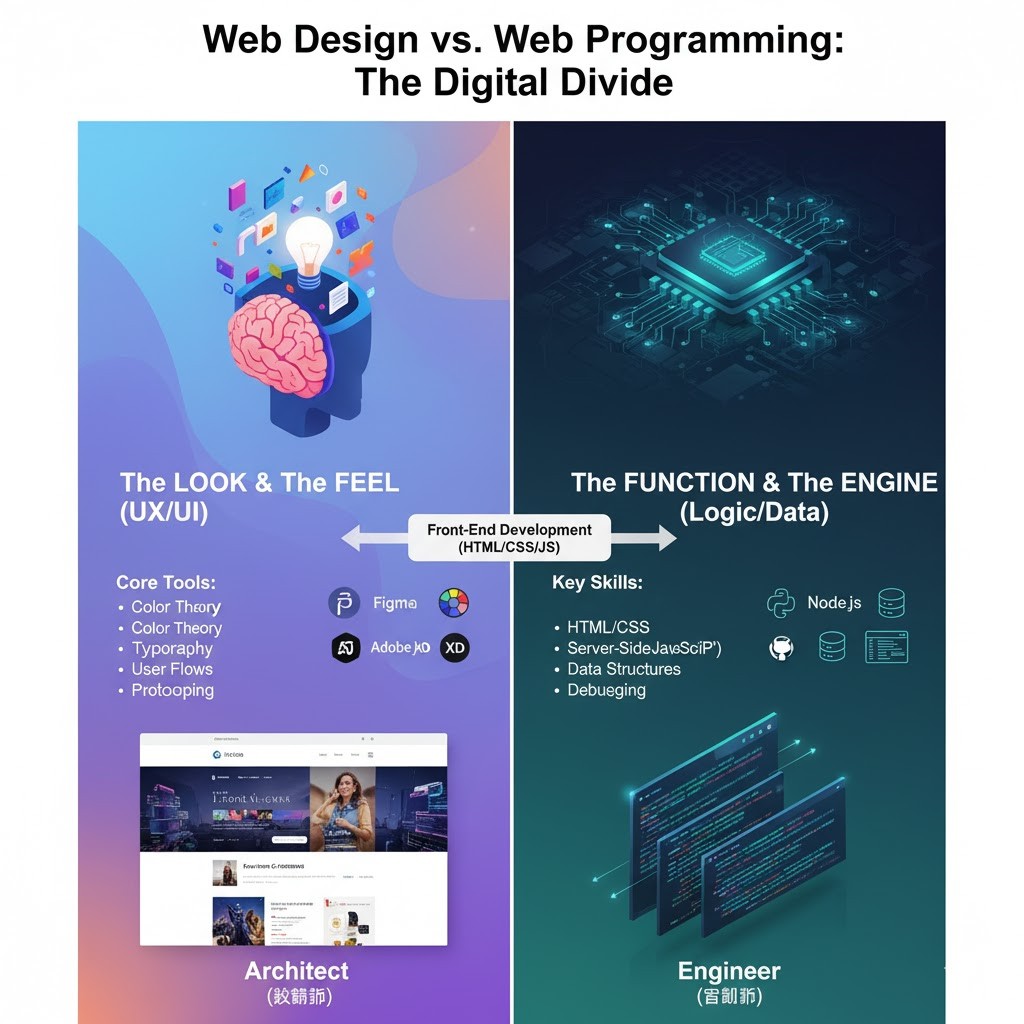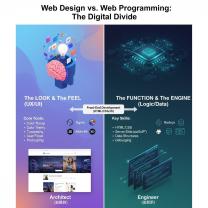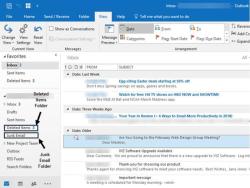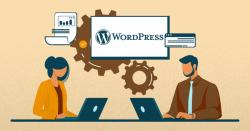What is the difference between web design and web programming?
The modern economy runs on websites. From e-commerce giants to local businesses, a digital presence is the essential gateway to customers. To build these digital homes, two distinct but equally vital disciplines are required: web design and web programming (often called web development). While both are crucial for creating a functional, beautiful, and successful website, they involve fundamentally different skills and responsibilities.
Many beginners enter the field confused, often using the terms interchangeably. However, they represent a divide between the visual and the technical, the aesthetic and the functional. Web design focuses on the user experience—what you see and how you interact with it—while web programming is the engine under the hood that makes everything work.
This article is your guide to navigating these two career paths. We will clarify the core difference between web design and development, break down the required skills and tools, illustrate how these two roles collaborate, explore potential career choices, and examine how modern technologies are continually reshaping their boundaries.
What Is the Difference Between Web Design and Web Programming?
The core distinction between these two roles lies in their primary focus: the designer is concerned with the human user, and the programmer is concerned with the machine logic.
Web Design: The Visual and Experiential Focus
Web design is the art and process of conceptualizing, planning, and creating the visual appearance, structure, and user experience (UX) of a website. A web designer’s job is to ensure that the site is engaging, intuitive, and aligns with the brand’s identity.
Goal: To create a beautiful, cohesive, and easy-to-use interface.
Focus: Aesthetics, layout, typography, color theory, and user journey.
Output: Static mockups, interactive prototypes, and detailed visual specifications.
Web Programming (Development): The Functional and Logical Focus
Web programming, or web development, is the technical process of taking the designer's vision (the mockups) and transforming it into a functional, dynamic website using code. Developers are the engineers who build the architecture, manage databases, and handle server-side logic.
Goal: To build a functioning, fast, secure, and bug-free web application.
Focus: Logic, functionality, data management, performance, and security.
Output: Clean, optimized, runnable code and a deployed, live website.
The fundamental distinction is simple: Design is about creativity and visuals; programming is about logic and functionality.
What Skills Are Needed for Web Designers vs Web Programmers?
The tools and skills required for each field are distinct, reflecting their different goals. A designer needs an artistic eye and empathy, while a programmer needs a meticulous, problem-solving mindset.
Essential Skills for Web Designers
| Skill Category | Description | Key Tools |
| UX Principles | Understanding user psychology, creating sitemaps, information architecture, and user flows. | Figma, Sketch, Miro |
| UI Design | Mastery of visual elements: layout grids, hierarchy, color palettes, and interactive component design. | Adobe XD, Figma, Sketch |
| Prototyping | Creating clickable, interactive mockups to test and demonstrate user journeys before writing code. | Figma, Sketch (InVision/Marvel) |
| Visual Communication | Proficiency in typography, photo editing, graphic design, and brand guideline adherence. | Adobe Photoshop/Illustrator |
Essential Skills for Web Programmers
Web programming is often split into two areas: Front-End and Back-End.
| Development Area | Key Languages/Technologies | Core Responsibilities |
| Front-End | HTML (Structure), CSS (Style), JavaScript (Interactivity), and frameworks like React, Vue, or Angular. | Implementing the visual design, ensuring cross-browser compatibility, and handling client-side logic. |
| Back-End | Python, PHP, Node.js (JavaScript), Ruby, and frameworks like Django, Laravel, or Express.js. | Server logic, database interaction (SQL, MongoDB), authentication, and API development. |
| Databases | SQL (e.g., PostgreSQL, MySQL) or NoSQL (e.g., MongoDB, Redis). | Storing, retrieving, and organizing all website data (user accounts, content, product inventories). |
How Do Design and Programming Work Together in Web Development?
Effective web development relies on seamless collaboration, following a typical workflow that ensures the creative vision is technically feasible and robustly implemented.
The Standard Workflow
Discovery & Wireframing (Designer & Developer Input): The team defines the project goals. The designer sketches low-fidelity wireframes (skeletons) that the developer reviews for technical feasibility and structural soundness.
High-Fidelity Mockups & Prototyping (Designer Focus): The designer creates pixel-perfect visual designs in a tool like Figma. This includes all states, interactions, and assets.
Handoff & Implementation (Programmer Focus): The designer hands off the approved mockups. The programmer takes the visual assets and specifications to write the HTML, CSS, and JavaScript that exactly matches the design. Back-end developers simultaneously build the necessary APIs and database structure.
Testing & Iteration (Both Roles): The developer deploys the site, and the designer reviews it for "design fidelity" (does the live site match the approved design?). They collaborate on fixing visual bugs, improving performance, and refining the user experience (UX).
Collaboration Tools and Process
Collaboration is essential for a seamless end product. Designers use modern tools like Figma to generate code snippets (like CSS styles) and specifications that programmers can pull directly. Programmers use version control systems like GitHub to manage code changes collaboratively.
This process is often managed under the Agile methodology, where work is broken into short iterations ("sprints"), ensuring constant communication and feedback between the designer, who asks, "Does this feel right?" and the programmer, who asks, "Does this work correctly?"
Which Career Path Is Better: Web Design or Web Programming?
Choosing between these paths depends entirely on your inherent interests, natural aptitudes, and long-term career goals. Neither path is objectively "better," but one may be a much better fit for your personality.
Personality & Interest Comparison
| Factor | Web Designer | Web Programmer/Developer |
| Primary Interest | Art, aesthetics, psychology, and branding. | Logic, engineering, mathematics, and complex problem-solving. |
| Aptitude | Strong visual sense, empathy for users, attention to detail (pixel perfection). | Analytical thinking, patience for debugging, and meticulous structural organization. |
| Work Focus | Conceptualizing and defining what the site looks like and why. | Building and troubleshooting how the site functions and how the data is processed. |
Career Outlook and Salary
Both fields enjoy high job demand in the digital economy. However, web programming career paths, particularly in specialized areas like back-end development or advanced JavaScript frameworks (React, Node.js), often command higher starting salaries and offer more vertical growth into architectural roles due to the complexity and mission-critical nature of the work.
| Role Type | Job Demand | Typical Salary Range (Entry to Senior) |
| Web Designer (UI/UX) | High (especially for strong UX skills) | $65,000 – $130,000+ |
| Web Programmer (Full-Stack) | Very High (highest demand) | $75,000 – $160,000+ |
The Rise of the Hybrid Professional
The most valuable professionals are often the front-end developers—the hybrid role that sits directly between the two disciplines. These individuals can take a design file and translate it directly into high-quality, efficient code, effectively speaking both the language of the designer and the programmer. This cross-disciplinary skill set offers the greatest career versatility.
How Has the Line Between Design and Coding Changed Over Time?
Historically, web design and programming were completely separate. Designers would hand over a static Photoshop file (a JPEG) to a developer who would then manually code the entire structure. Today, the boundary is rapidly blurring due to technological advancements.
Modern Tools and the Blurring Boundary
Design-to-Code Tools: Platforms like Webflow and Framer allow designers to create highly complex, responsive layouts that directly output clean, production-ready HTML and CSS. This empowers designers to build functional prototypes or even small websites without needing a dedicated programmer.
Design Systems: Large companies use Design Systems (libraries of pre-coded components like buttons, navigation bars, and forms). These systems ensure that once a designer defines a component's look, the corresponding code is immediately available to the developer. This creates massive efficiencies and locks in design consistency.
Component-Based Architecture (React/Vue): Modern JavaScript frameworks emphasize component reuse. Developers build reusable components, and designers utilize those exact components in their design files. This forces a shared vocabulary and workflow.
The Future of Web Creation
The future suggests more cross-disciplinary roles where creativity and code converge. While specialized web design skills (UX research, information architecture) and deep web programming career skills (cloud infrastructure, advanced security) will remain essential, the middle ground will be dominated by tools and people who can handle both the visual and the basic implementation.
FAQ Section
Can one person do both web design and programming?
Yes! A person who excels at both is often called a Full-Stack Developer or a Unicorn (especially if they also handle DevOps). While few individuals master every niche, most can learn enough skills on both sides to be highly effective, particularly in freelance or small team environments.
Which is easier to learn for beginners?
Generally, web design is easier to start because the initial barriers—learning design software, color theory, and layout principles—are often less complex than mastering the logic and debugging required for back-end web programming. However, becoming an expert in either field requires years of practice.
How long does it take to become a web designer or developer?
A dedicated learner can acquire fundamental skills and build a portfolio sufficient for an entry-level job in 6 to 12 months of intensive self-study or bootcamp training. Mastery and true expertise in either web designer vs web developer role typically takes 3 to 5 years of professional experience.
Conclusion
Web design vs web programming represents the essential duality of the digital world: form and function. Web designers create the experience and aesthetic that captivate users, while web programmers build the logical framework and functionality that ensure reliability and performance. They are complementary forces; a beautiful design is useless without code that works, and functional code is ignored without an intuitive interface.
For aspiring professionals, the advice is clear: choose the path that aligns with your core interests—the creative eye for design or the analytical mind for programming. Regardless of your choice, remain open to learning both; understanding the principles and limitations of the other field is the key to collaboration, versatility, and success in the rapidly evolving web landscape.














JuniorDev25
on October 15, 2025I started with HTML/CSS and found the logic clicked immediately. If you enjoy puzzle-solving and meticulous structure, programming is definitely the path to follow.
NoCodeEnthusiast
on October 15, 2025Tools like Webflow and Framer are blurring the line so much that I, a designer, can launch fully functional sites now. It’s challenging the traditional programmer role for basic sites.